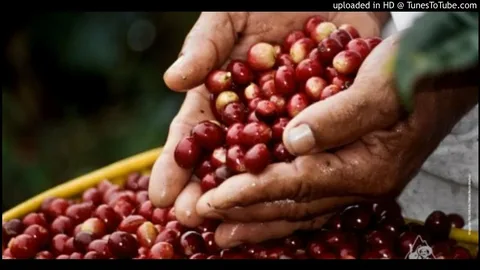Kenya’s coffee sector is undergoing a much-needed revitalization as the government and key stakeholders work to restore its global competitiveness. Once a top foreign exchange earner, Kenya’s coffee industry has faced years of decline due to mismanagement, poor farmer returns, and limited access to markets. However, new reforms are brewing hope for farmers and investors alike.
The 2025 Coffee Revitalization Program, spearheaded by the Ministry of Agriculture, focuses on improving transparency in the supply chain, restructuring cooperative societies, and boosting farmer incomes. A key part of this initiative is the Coffee Cherry Advance Fund, which provides farmers with timely payments to reduce their dependence on middlemen. This ensures growers are paid promptly for their produce, encouraging higher production and trust in the market.
Additionally, the government has partnered with county governments and private firms to train farmers in good agricultural practices, climate-smart farming, and post-harvest handling. These efforts aim to improve bean quality and increase yields per acre. With Kenya known globally for its high-quality Arabica beans, improving standards could boost exports and restore the country’s reputation in premium coffee markets like Europe, the U.S., and Asia.
A notable shift is the involvement of youth and tech-savvy entrepreneurs. Digital platforms are being used to connect farmers directly with buyers, reducing exploitation and increasing profitability. Coffee cooperatives are also being digitized to enhance traceability and operational efficiency.
Despite global competition and climate change challenges, Kenya’s coffee sector is poised for a strong comeback. Continued investment in infrastructure, marketing, and farmer education will be crucial in sustaining growth. If current reforms are consistently implemented, Kenya could reclaim its place as a leading producer of specialty coffee globally.
The revitalization of Kenya’s coffee industry is more than a return to past glory—it’s a step toward economic resilience, sustainable agriculture, and improved livelihoods for thousands of farmers.

















